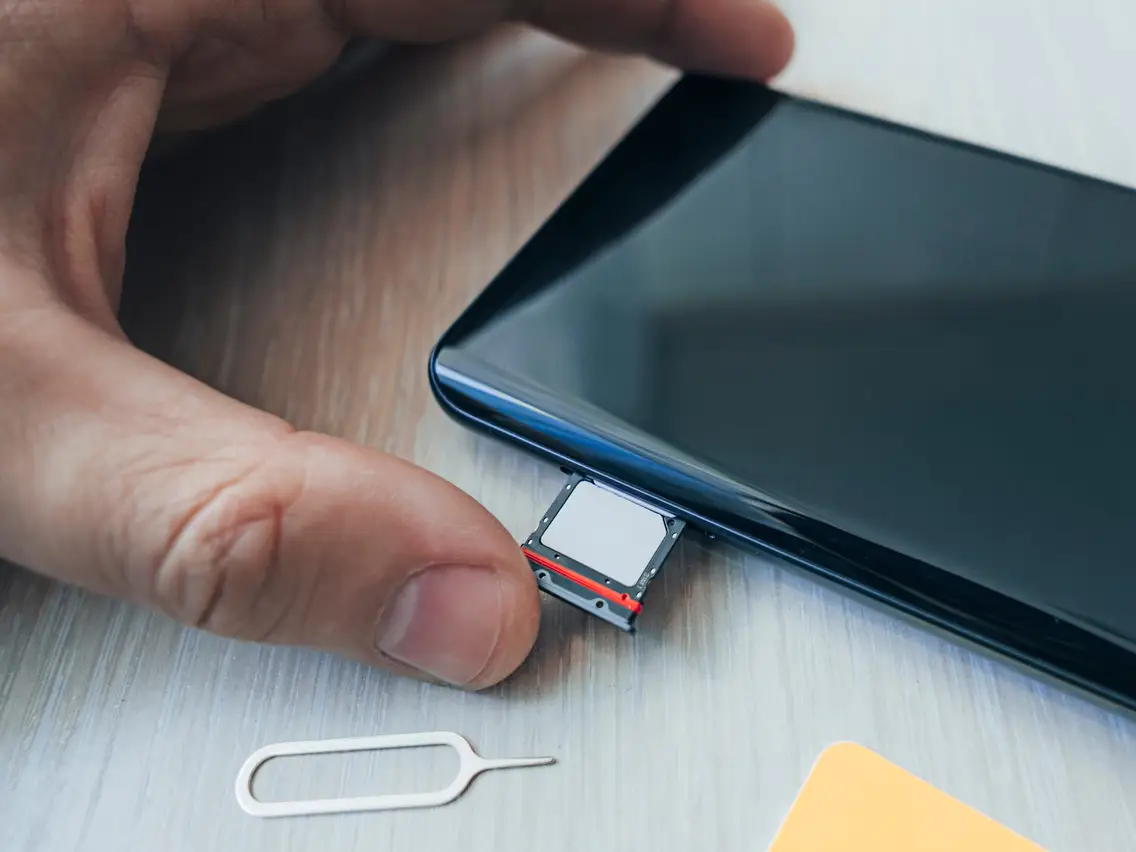Mobile devices have integrated seamlessly into our daily lives. They are essential to our ability to communicate, have fun, work, and much more. However, when your phone starts acting up or displaying SIM card issues, it can be frustrating and detrimental to your daily routine. In this blog post, we’ll guide you through the steps to troubleshoot common mobile phone and SIM card issues that you may encounter. Whether it’s a no-SIM card issue or a faulty one, we’ve got you covered with some easy-to-follow solutions that will help get your device back on track! So let’s dive in!
Table of Contents
How Do You Troubleshoot My SIM Card?

If you’re experiencing issues with your mobile phone, the first thing to check is your SIM card. Troubleshooting a SIM card is not always difficult and can be done in a few simple steps.
The first step is to ensure that the SIM card is inserted correctly into the device. Sometimes, due to mishandling or wear and tear, it may become loose or dislodged from its slot. Make sure that the gold-colored contacts are facing downwards and that they fit snugly.
Secondly, try restarting your device by turning it off and back on again. This could help refresh any software glitches or errors related to the SIM card.
If these steps don’t resolve the issue, try removing your SIM card and inserting it into another device if possible. If this works without any problems, then there might be an issue with your primary mobile phone’s hardware or software rather than with the SIM itself.
Consider contacting your service provider for assistance if none of these troubleshooting methods work. They may need to provide you with a new SIM card or further investigate other potential issues causing connectivity problems on their end.
What Are The Troubleshooting Steps For No SIM Card Issue?
If you are experiencing a “no SIM card” issue on your mobile phone, it can be frustrating and inconvenient. But don’t worry because there are several troubleshooting steps that you can take to resolve the problem.
The first step is to check if your SIM card is inserted properly into the phone. Make sure that it’s not loose or damaged in any way. If necessary, remove and reinsert the SIM card carefully.
You may also want to clean the metal contacts of your SIM card with a soft cloth or an eraser. This will help ensure that there is no dirt or debris blocking the connection between your SIM card and phone.
Try restarting your phone if none of these steps worked for you. Sometimes simply turning off and then turning it back on again solves technical issues like this one.
It’s also important to check if there are any software updates available for your phone. Installing updates could resolve compatibility issues that might be causing problems with your SIM card.
Why Is Your Phone Having SIM Card Issues?
There are a number of reasons why your phone may be having SIM card issues. One common reason is that the SIM card has become dislodged or damaged. If this is the case, you may need to remove and reinsert the SIM card or replace it altogether.
Another possible cause of SIM card issues is outdated software on your device. It’s important to keep your phone’s operating system up-to-date in order to ensure optimal performance and functionality.
Additionally, network connectivity problems can also lead to issues with your SIM card. If you’re experiencing poor signal strength or dropped calls, this could be a sign that there are problems with your network provider or coverage area.
Physical damage such as water damage or exposure to extreme temperatures can also cause problems with your mobile phone’s SIM card. Ensuring proper care and protection for both your device and its components can go a long way in preventing these types of issues from occurring in the first place.
How Do You Know If Your SIM Card Is Faulty?
A faulty SIM card can be a frustrating issue for any mobile phone user. There could be multiple reasons why your SIM card is not working properly, and it’s important to identify the problem before taking any corrective measures.
One of the most common signs of a faulty SIM card is that you may see an error message on your phone screen indicating that there is no network connection or you cannot make calls or send text messages.
Another indication of a problematic SIM card could be that your phone fails to recognize the presence of the SIM altogether. This might happen when you try inserting it into another device and still receive no signal.
Additionally, if you notice unusual call drops, poor voice quality, or slow data speeds even after ensuring good network coverage in your area, then it’s likely that there’s something wrong with your SIM.
If all else fails and none of these troubleshooting steps work as expected, consider obtaining a new sim from your service provider immediately. Remember that identifying whether or not your sim is at fault early enough will save time by avoiding unnecessary trial-and-error troubleshooting.
Conclusion
Troubleshooting issues with your mobile phone or SIM card can be a daunting task. However, by following the steps outlined in this article, you can easily identify and resolve any problems that may arise. Remember to always start by checking your network connection and ensuring that your SIM card is properly inserted. If these basic steps do not work, try resetting your device or contacting your service provider for further assistance.



